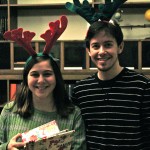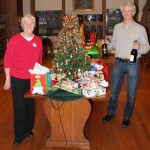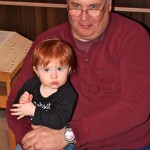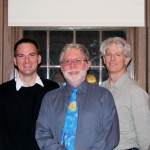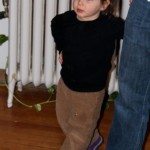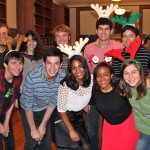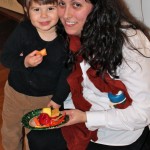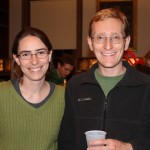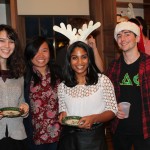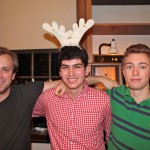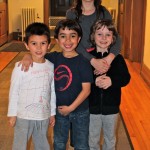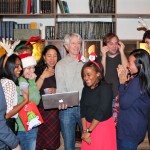On November 6 and 7, we officially kicked off the celebration of the centennial of Van Vleck Observatory with a series of performances by world-renowned modern dancer Eiko Otake in the historic refractor dome. I had the distinct honor of playing a (very) small part in Eiko’s performance–operating the restored 20″ telescope through a series of motions choreographed to Eiko’s dance. Below are a few photographs that capture the beauty of this unique event.
My own experience was one of delight and terror. While teaching is in many ways a form of performance, it is a solo act. The “audience” depends solely on the performer’s ability to engage them. And though I spent much of my early life as a musician, it was either solo or in larger ensembles; it is not since my childhood of playing duets on piano with my sister that I’ve had one other performer so dependent upon my actions. I’m not under the illusion that any mistake I could make would have ruined Eiko’s work–one need only glance at a list of locations where she has danced to see that she clearly enjoys an element of unpredictability. Still, it was that thrill that kept me from getting totally lost in Eiko’s etherial movements.
As a professional astronomer, the experience of getting to know and work with a performer like Eiko is one that can only happen at a place like Wesleyan. I feel incredibly lucky and humbled.
-Roy Kilgard, November 2015















![[E. Myles Standish Jr. ’60, MA ’62 ]](http://wesconnect.wesleyan.edu/s/1318/images/editor/inpage/standish_myles.jpg)
